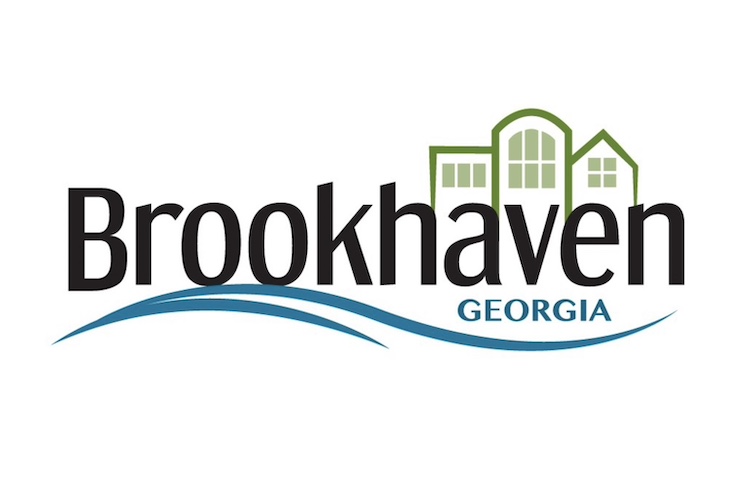
The Brookhaven, Georgia police department (BPD) launched its Drone as First Responder (DFR) program in October 2020 and began scaling it in 2021. The innovative program, one of the first of its kind outside California, allows the department to dispatch UAVs to potential crime scenes in response to 911 calls. The drones hover overhead, providing arriving BPD field officers with vital situational intelligence to adapt their force posture and armed tactics accordingly. DFR has been shown to close 911 calls faster, reducing police operational costs, while minimizing casualties to officers and suspects alike. The BPD reports seeing excellent results from the program.
“[DFR] allows us to escalate or de-escalate our response depending on what we see on the drone camera,” a BPD incident commander told CBS News/Atlanta last week.
Police lieutenant Abrem Ayana, who advocated for the BPD to adopt the program nearly two years before its approval, describes it as a “force multiplier” for the department, enabling better decision-making on how many officers to send to a crime scene based on actual tactical requirements. The hovering drone also provides officers on the scene with the “backup” typically assigned to other field officers, who can now be directed to other police calls.
Ayana highlights the additional cost and operational advantages, noting that the BPD does not need to invest in a manned police helicopter, which is beyond the scope of its budget and cannot operate at night like the drones. The department’s average response time to 911 calls, previously around 4.5 minutes, is now reduced to just 90 seconds with the drone’s intervention.
The BPD insists that its drones do not engage in routine aerial patrolling or surveillance. “We don’t use drones as a crime control tactic, and that removes any concerns about profiling or policing different demographics and communities differently,” Ayana says.
“We’re not looking down in people’s backyards. We’re focused on the mission. It’s a completely reactionary tool for incidents already occurring on the ground,” he adds.
BPD police chief Brandon Gurley emphasizes that the department follows strict protocols for drone use, in accordance with FAA regulations and guidelines issued by numerous police and privacy agencies. “We feel we’re on the cutting edge of a police innovation trend here in Brookhaven. We want to make sure we do it the right way,” he says.
Before adopting the DFR model, Ayana initially proposed a “drone in the trunk” model, allowing officers to deploy drones from their vehicles to gain real-time aerial views of incident scenes. This model, however, did not necessarily expedite response times. Inspired by the Chula Vista, California police department, which pioneered the DFR concept in 2019, Ayana proposed a similar approach to the BPD chief, leading to the program’s adoption and implementation.
The BPD’s DFR program relies on three full-time personnel operating drones from two strategically placed launch locations on nearby high-rises. One officer controls the camera from a control center while two others serve as rooftop pilots in command of each aircraft. The program utilizes CAPE technology, which includes geofencing capabilities to ensure safe operations within FAA-approved zones and avoid restricted areas
|